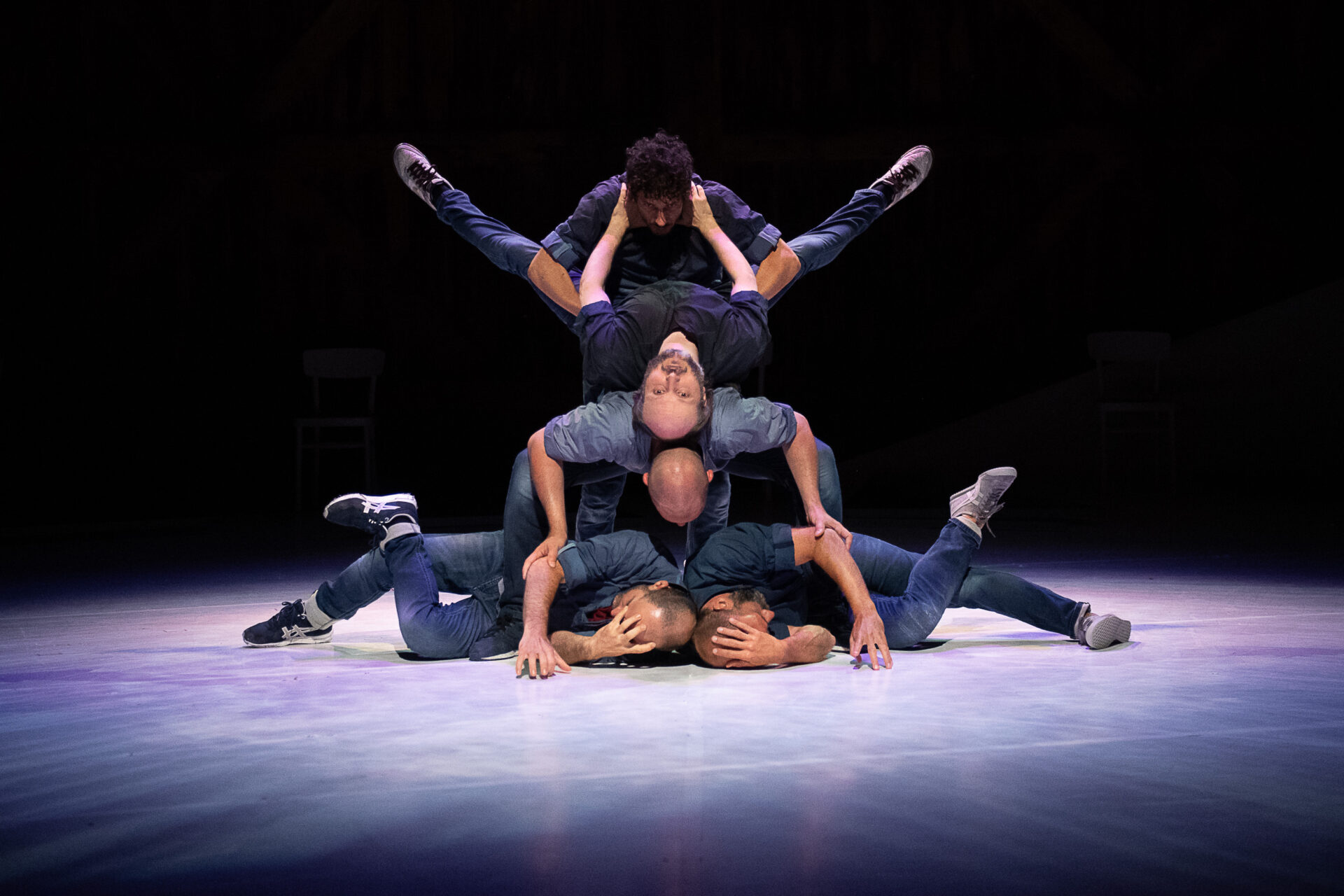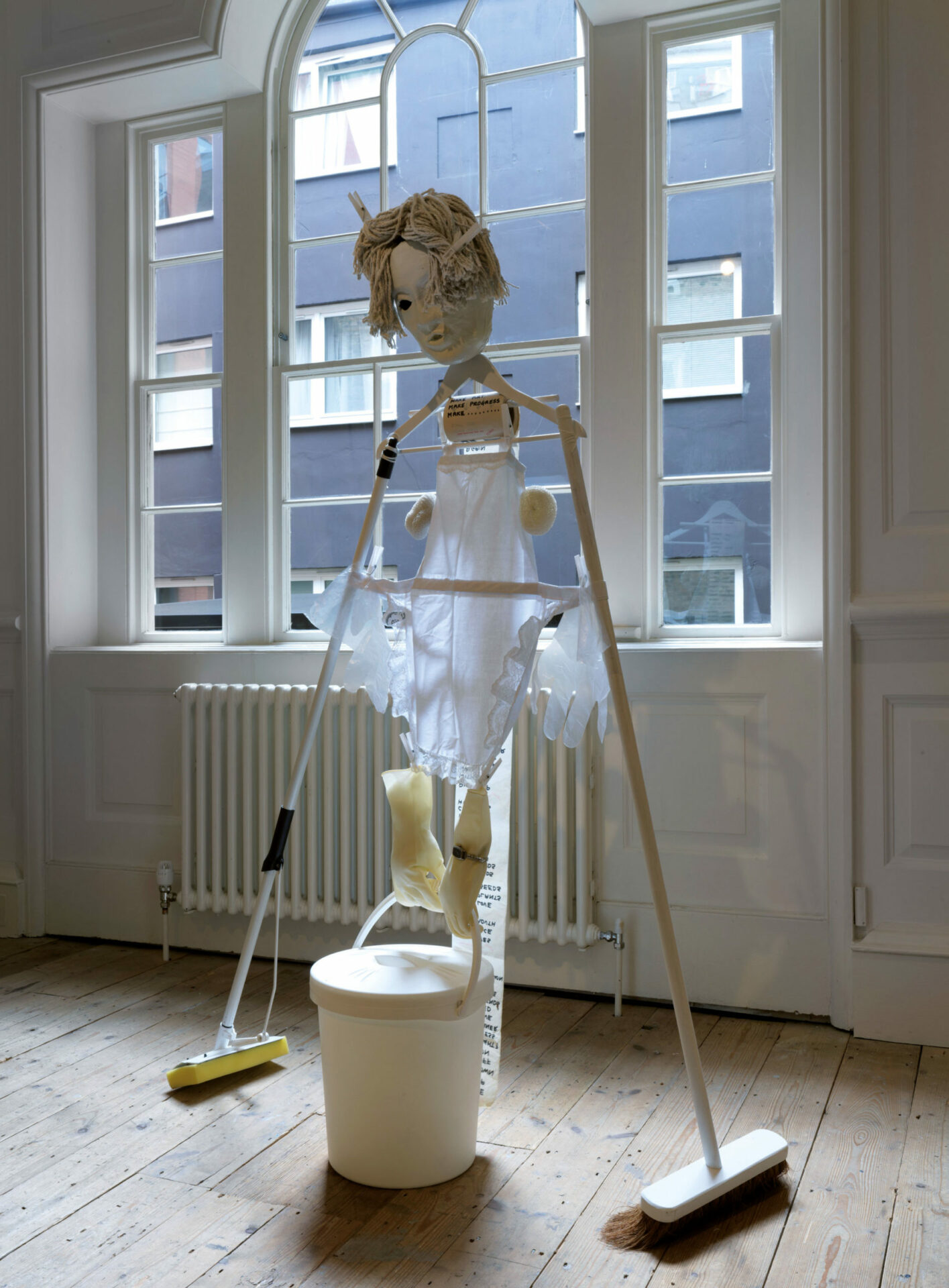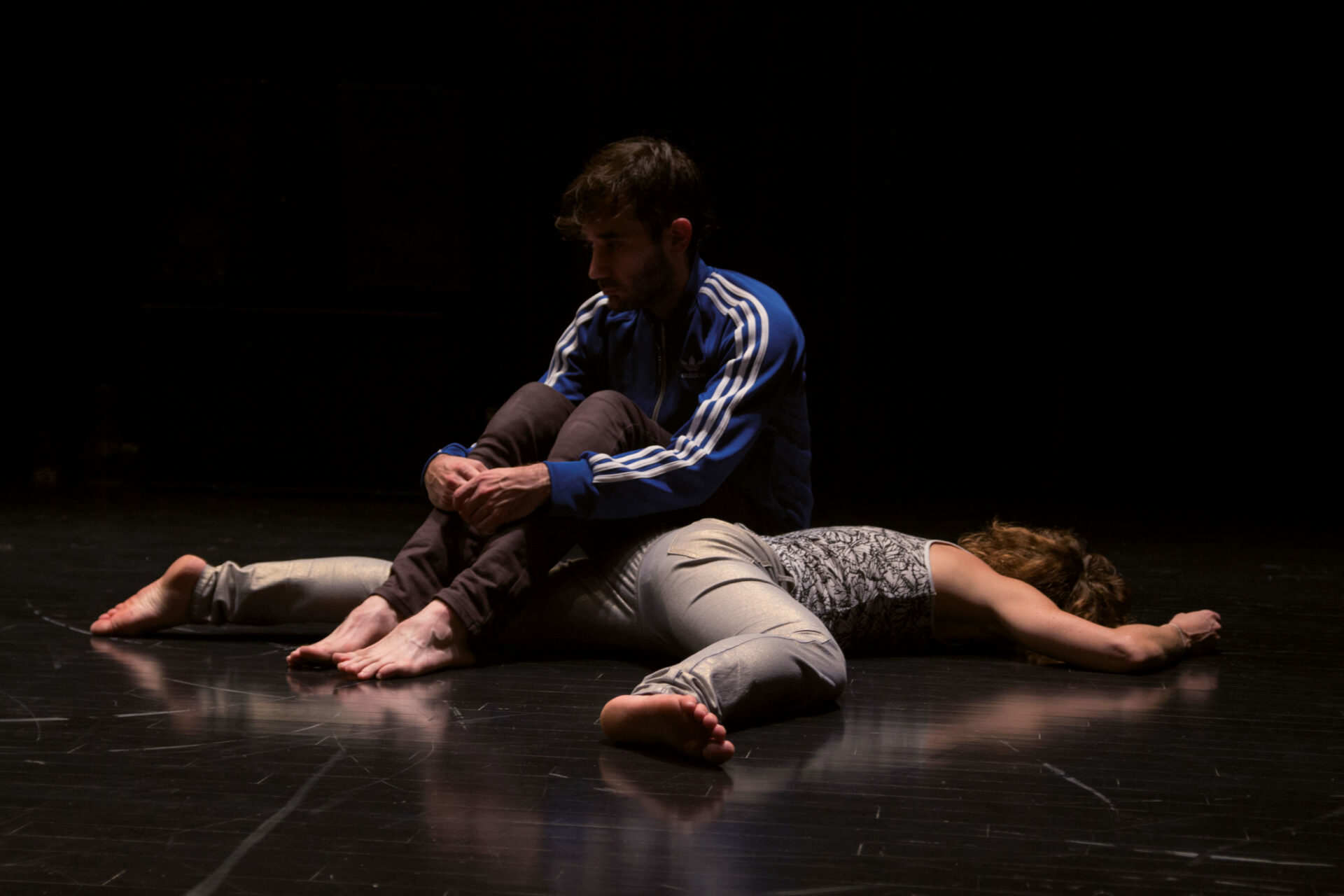Fractus V
Sidi Larbi Cherkaoui / Eastman
July 11 – 15, 2018

Photo: Christopher Duggan
July 11 – 15, 2018
The contemporary dance world is no stranger to controversies surrounding gender disparity in the workforce, issues of racial inequity, or the exploitation of ethnic “otherness” as a marker of cultural exchange and worldliness. Perhaps there is no better example of the contradictions espoused by the progressive values of dance than Ted Shawn, the “Father of American Dance” (1891–1972) whose nativist, racist, and xenophobic explorations with eugenics are well documented. In the 1930s, following a collaboration with his former wife Ruth St. Denis, Shawn formed an all-male dance company that showcased masculine movement and athleticism. He then founded the internationally recognized and critically acclaimed Jacob’s Pillow Dance Festival (c.1933) in the Berkshires of Massachusetts.
Considering Shawn’s troubling legacy, it is fitting that on its 86th anniversary the Jacob’s Pillow Dance Festival presented Sidi Larbi Cherkaoui / Eastman’s Fractus V, a performance that poignantly departs from Shawn’s representations of cultural difference while also addressing issues of masculinity and violence. Bringing together a total of nine performers, five dancers, and four musicians, from different cultural, ethnic, and stylistic backgrounds, Cherkaoui’s work highlights fractures between national, linguistic, and artistic identities and investigates how they might coexist or come into friction on stage through movement, sound, and scenography. Inspired by the texts of the Jewish-American linguist and political philosopher Noam Chomsky, the work explores the relationships between the individual and the collective as it relates to political and social propaganda, as well as media and information consumption.
Create your free profile or log in now to read the full text!
My Account

